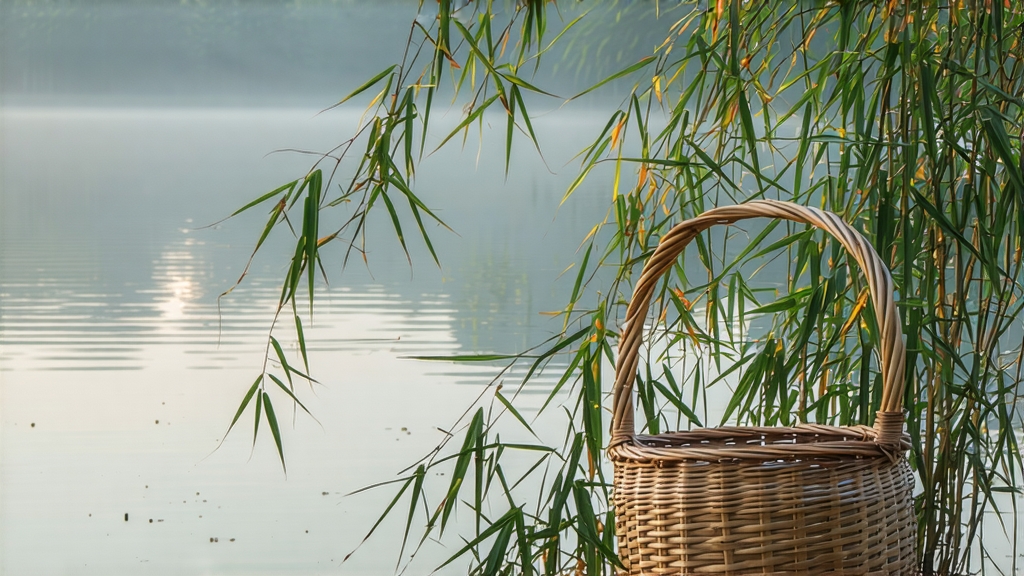
Tucked between the mist-capped hills of Dongting Mountain and the gentle ripples of Taihu Lake in Jiangsu Province, Biluochun—literally “Green Snail Spring”—has been celebrated for over a thousand years as one of China’s ten most famous teas. International drinkers often meet it in glossy magazines or on boutique menus, yet its full story, from imperial tribute to meticulous hand-firing, remains little known outside the Middle Kingdom. This essay invites you to travel from Tang-dynasty poems to twenty-first-century tea bars, tracing the leaf’s history, micro-ecology, craftsmanship, brewing science, and tasting lexicon so that you can enjoy Biluochun with the same precision and reverence a Suzhou scholar once reserved for his ink stones.
Historical vignettes
The earliest written record appears in the Tang-era Classic of Tea, where Lu Yu praises the tea of Dongting Mountain for its “exceptional purity.” By the late Ming dynasty, local monks were presenting the curled, downy tips to the Kangxi Emperor; delighted by its fruity fragrance, he reportedly renamed it Biluochun because the dried leaf resembled tiny jade snails. Export began in earnest after the 1850s when Suzhou merchants sailed it down the Grand Canal to Shanghai’s foreign concessions; Victorian tea tasters catalogued it as “Pi Lo Chun,” noting an aroma reminiscent of wild orchid and ripe peach. Today, the 3,000-hectare core zone around Dongting’s East and West peaks is a protected geographical indication, and pre-Qingming lots still fetch higher per-gram prices than silver.
Micro-terroir
The lake acts as a thermal regulator, storing daytime heat and releasing it at night, thereby lengthening the budding season. Frequent spring mist filters ultraviolet light, prompting the plant to synthesize more theanine and aromatic esters. Soils are acidic granite loam rich in quartz and manganese; drainage is swift, forcing roots to struggle and concentrate flavor. Interplanted apricot, peach, and loquat trees drop petals whose volatiles settle on tea bushes, accounting for the tea’s signature fruity note—an example of “ai xiang” (mutual fragrance) long studied by Chinese agronomists.
Cultivar spectrum
Although the name Biluochun is legally restricted to leaf harvested within Wuzhong District, two clonal variations dominate commercial fields: the traditional “Dongting Small-Leaf” (compact bush, slow growth, high aroma) and the higher-yielding “Fuding Large-Leaf” transplanted from Fujian in the 1970s. Purists insist only the former deserves imperial-grade status; its leaves are shorter, more downy, and yield a creamier liquor. A third, experimental cultivar, “Xiangbi,” bred for frost resistance, is gaining traction on north-facing slopes but remains outside the GI boundary.
Plucking code
Standards tighten each spring: only the bud and the immediate unfolding leaf (yi ya yi ye) are taken, before 10 a.m., when dew has evaporated yet turgor pressure is high. Experienced pickers use a “twist-and-lift” motion that snaps the stem without shearing, preventing oxidation browning. Daily quotas are modest—1.5 kg of fresh leaf per worker—because speed must never compromise integrity. The pluck is deposited in shallow bamboo baskets lined with mountain banana leaves to avoid compression; within two hours it must reach the village firing shed.
Withering & pan-firing
Unlike green teas that are oven-baked, Biluochun is entirely pan-fired in cast-iron woks heated by lychee wood. Masters divide the process into three thermal phases: “kill-green” at 180 °C for three minutes to denature enzymes, “roughening” at 130 °C to drive off grassy volatiles, and the critical “spiraling” at 80 °C when the leaf is hand-rubbed against the wok’s wall. The motion is a complex figure-eight: thumb and index finger pinch the bud while the remaining fingers press downward, curling the leaf into its signature spiral. A single batch demands 35–40 minutes of uninterrupted contact between palm and metal; temperature is judged by ear—the sizzle should resemble rain on a paper umbrella. When completed, moisture drops to 6 % and the leaf smells of chestnut and nectarine.
Sorting & resting
After firing, the tea is cooled on hemp cloth for twenty minutes, then passed through a five-mesh sieve to remove broken tips. It is left to “breathe” in unglazed earthen jars for